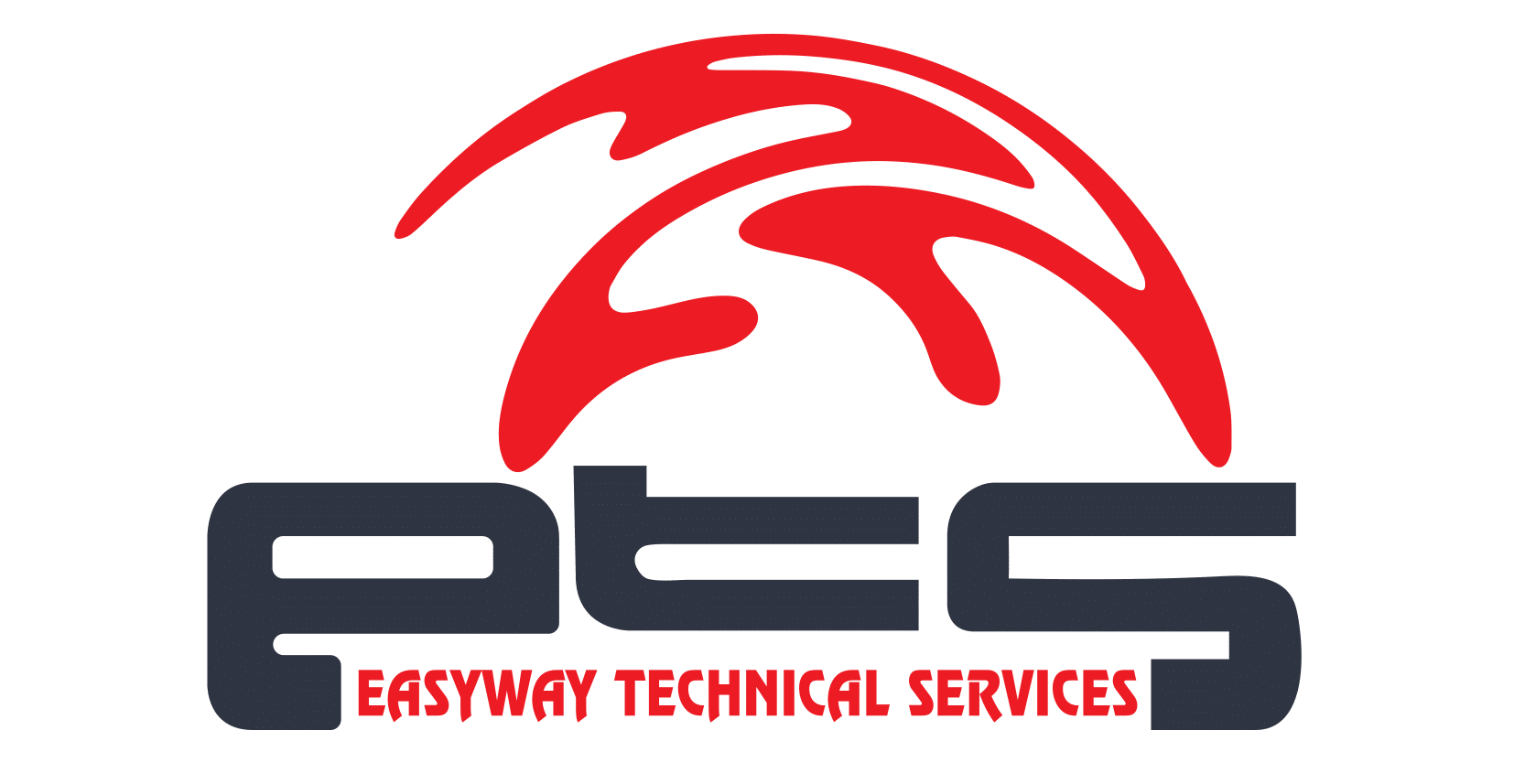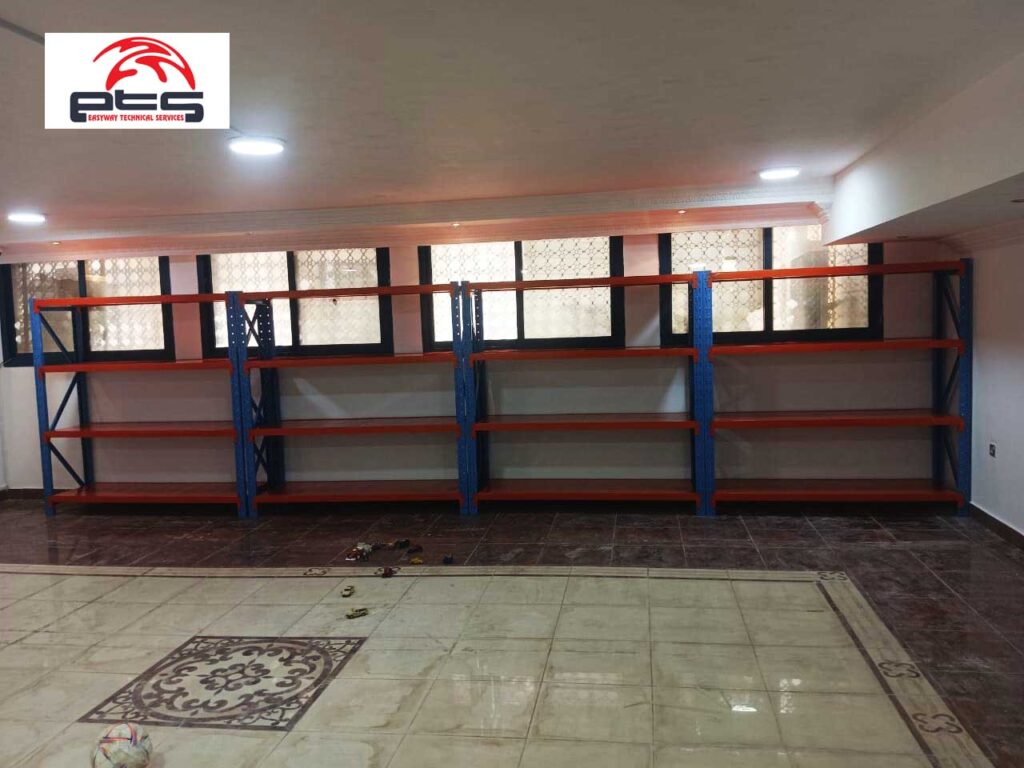When walking through a warehouse, shop, or even your own home storage area, the last thing you think about is whether the shelves or racks are strong enough.
Our mind assumes on its own that once something is built to hold items, it should be safe.
But the truth is, not all racks and shelves are made equal. If they are of poor quality, they can create serious safety risks that many people don’t notice until it’s too late.
Think about it: shelves are supposed to carry weight, keep things organized, and protect both the items stored and the people working around them.
When they are weak, poorly designed, or made with cheap materials, they can bend, collapse, or even tip over without warning. This not only damages your stored items but also puts workers, customers, or even family members in danger.
But how can cheap racking and shelving be dangerous? How do they compromise your safety?
Here are the top reasons:
1. Structural Instability
Poor-quality shelves and racks use low-grade steel or thin materials. These materials do save some bucks, but don’t have the required tensile and yield strength.
The result?
These materials start to bend, deform, twist, or even crack due to contact loading cycles. All these aftereffects decrease their ability to hold loads safely.
Over time, the entire frame can become misaligned.
In such a condition, even small deviations are enough to create uneven stress on beams and uprights. And once one section starts leaning, it transfers extra pressure to neighboring bays.
This domino effect can trigger large-scale rack collapses, which are often sudden and without warning.
2. Load Capacity Misrepresentation
Quality racks pass strict engineering standards and testing procedures for their weight limits.
Cheap racks, however, often come with made-up or untested capacity ratings.
Workers can unknowingly overload shelves that the structure can’t handle.
Overloading puts excessive stress on horizontal beams, causing them to deflect or bow. In extreme cases, beams snap or uprights shear off, which can result in complete rack failure.
Without accurate capacity charts, operators cannot implement safe loading practices.
In such a condition, both workers and inventory are exposed to constant risk.
3. Poor Joints and Welds
The stability of a racking system is directly proportional to the strength of its joints.
Quality racks do use full-penetration welds, strong beam connections, and secure locking pins to make it happen. However, poor-quality systems often lack these features.
These flaws expose a structure to vibration and lateral movement.
Forklifts and pallet jacks constantly create shock and vibration in busy warehouses. If welds or connectors loosen—even slightly—beams can slip out and racks can collapse under load.
A single defective weld can be enough to break the whole structure.
4. Corrosion and Wear Risks
Chemicals, moisture, or temperature changes can corrode steel, which is natural.
However, when this happens, the load-bearing strength of the structure is compromised.
Quality shelves and racks use high-quality steel, which is galvanized, powder-coated, or hot-dip finished to resist corrosion. Cheap structures don’t use corrosion-resistant steel.
Once corrosion begins, it usually starts in hidden areas—bolt holes, beam connections, under decking, etc. These areas weaken silently until a beam or upright suddenly gives way.
Corrosion also makes racks brittle, which increases the risk of sudden fracture under normal load conditions.
5. Poor Dimensional Accuracy
Precision is too important when it comes to rack manufacturing.
Quality racks are made with precise measurements so that beams lock into uprights properly. Cheap racks can have misaligned holes, uneven beam heights, or irregular frame widths.
That means the racks don’t fit together tightly, leaving small gaps where stress builds up.
Loads then sit unevenly, putting extra pressure on some points while others carry very little. Over time, this uneven stress causes beams to sag, uprights to twist, or connectors to pop out.
Something as simple as poorly drilled holes can be the starting point of a collapse.
6. Increased Risk of Falling Loads
When racks sway or pallets don’t sit straight, items stored on them become unstable.
Boxes can lean, pallets can tilt forward, and goods may slide out when being picked up by forklifts—especially on higher levels. Even a small object falling from a top shelf can cause serious injury, and a whole pallet falling can be fatal.
Good racks are designed with backstops, safety pins, and decking to prevent this.
Cheap ones usually leave those out, which leaves workers exposed to falling loads every day.
7. No Protection Against Forklift Hits
Forklift collisions are the primary cause of rack damage in warehouses.
Thicker steel columns, reinforced base plates, and impact-resistant protection at lower levels—these are some features used to tackle such collisions.
Quality racks are designed with all these features, but not cheap ones.
A slow-moving forklift or pallet jack bump can bend a column enough that, as a result, it destabilizes an entire bay. A weakened upright cannot safely support vertical loads, which leads to progressive leaning and eventual collapse.
Unlike premium racks, poor-quality systems can also lack proper repair kits or modular replacement parts. This makes damage harder to address.
The Solution? Work With Experts
Once a poor-quality structure is installed, nothing can be done except to rebuild it.
The true solution here is to team up and work with experts before you actually start installing your racking and/or shelving structure.
Yes, the experts. And EasyWayRacks is one of such teams in the UAE.
With over 10 years of experience, we specialize in designing and installing strong, reliable shelving and pallet racking systems across the UAE and Oman.
From heavy duty warehouse racks to supermarket shelving and mezzanine floors, our solutions are built to handle real storage needs.
More importantly, our expert team uses high-quality materials, smart designs, and proper installation, so your racks are safe, stable, and ready to last.
Don’t take chances with poor-quality shelves—hire Easy Way Racks for your job.
Final Word
Cheap shelves and racks are more than just a weak storage racking option—they are a hidden danger.
They can bend, rust, collapse, or fail at the worst possible time. When this happens, it risks both your stored items and the people around them.
Saving money up front does seem smart, but the long-term risks are far more costly.
The safest choice is to invest in strong, well-built systems from trusted experts.
With the right racks in place, you protect your workplace, your goods, and most importantly, the safety of everyone who depends on them.

